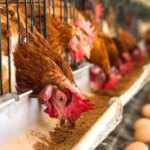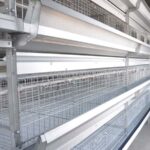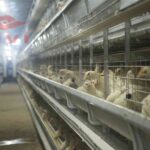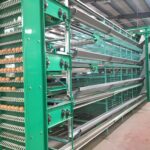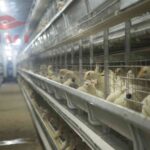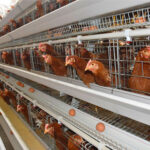Advantages and disadvantages of layer cages
There are many advantages in layer battery cages, the most important of which are the following:
1. The breeding density is large, saving houses and saving land. In the same ground and buildings, the cages can raise three to five times more laying hens than the flat ones, and the laying hens can be mechanized and automated, and the labor efficiency is high.
2. High feed utilization rate. Chickens have a small amount of activity in the cage, consume less energy, have less feed intake, and have higher feed returns than flat feed. At the same time, because the trough is placed outside the cage, it is not easy to cause waste of feed.
3. Facilitate the prevention and control of the spread of disease. The laying hens are caged, the dust in the house is less, and the chicken body is not in contact with the feces, which reduces the chance of disease transmission. Moreover, due to the relatively fixed position of the chickens, the affected chickens are easily detected through the feces and changes in feed intake, so that measures can be taken early.

4. High egg production rate and clean eggshell. The temperature and humidity in the cage house are easy to control and provide a high-yield and stable living condition for the chickens. After the eggs are produced, they are not easily contaminated by feces, and the surface of the eggshell is relatively clean.
5. Laying hens are easy to adopt word management measures, such as restricted feeding, flock observation, production records, and chicken catching.
There are also some unfavorable aspects in laying hens, mainly in:
1. There is a large investment in equipment and a reliable power supply.
2. To provide full-price compound feed, the technical requirements for feeding management are also high, such as improper feeding management, easy over-fertilization or nutritional deficiency, fatty liver syndrome, and caged chicken fatigue.

